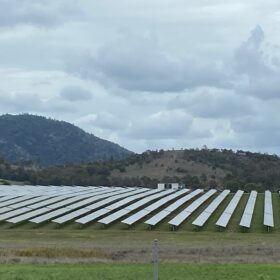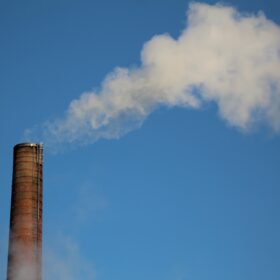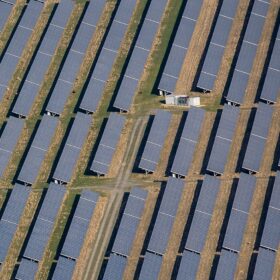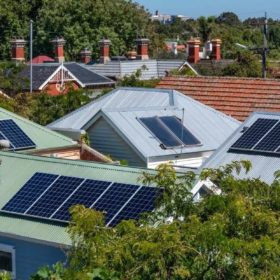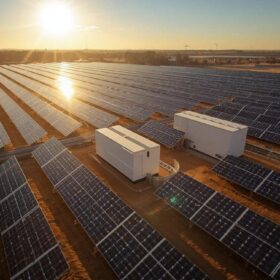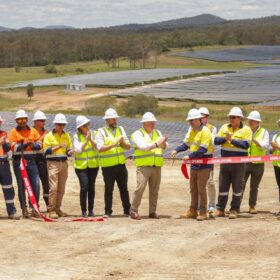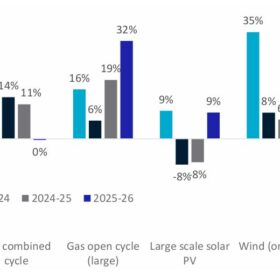Coal all but gone by 2034 under Australia’s latest energy roadmap
Australia’s coal power stations will all close in 2038 – five years earlier than previously expected – and variable renewable energy capacity will need to triple by 2030 and increase sevenfold by 2050.
COP28 agreement suggests days of fossil fuels are numbered – but climate catastrophe not yet averted
As negotiators stagger towards their beds in Dubai and another year’s climate talks come to a close, it’s time to take stock. Did COP28 achieve the big breakthrough the world needs on climate change?
Rooftop solar is crushing* the returns for large-scale VRE
* rooftop PV is a dominant factor, though there are others… such as the ongoing need for ‘Keeping the Lights on Services’ (which large-scale VRE largely does not supply).
Aussie green hydrogen: a blueprint to slash carbon emissions and yield billions
Australia stands at the forefront of a remarkable opportunity to revolutionise the reduction of global carbon emissions and potentially reap billions in export earnings. The key lies in harnessing green hydrogen to produce environmentally friendly alternatives such as green steel, ammonia, cement, eFuels and mining explosives.
The extraordinary story of rooftop solar in Australia’s National Electricity Market
The sun is shining, the weather is sweet. In this Opinion and Analysis piece, Lumi Adisa, Director of Energy Market Analytics at NEOM and ex-Investment Director of Energy Markets at Octopus Investments Australia, presents a deep dive into the unprecedented impact of rooftop solar in the NEM. As rooftop solar continues to drive changes in the intraday demand and price trends, it is evident that customers will remain a significant part of the energy transition for years to come.
Adaptation to climate change is a vital discussion we need to have
While mitigation remains the best strategy, Amy Steel argues it is now vital to start having frank discussions around climate adaption.
Future of long-term energy storage isn’t about lithium, it’s about battery supply chains
Dr. Thomas Nann examines the benefits and limitations of lithium-ion batteries, imploring Australia to embrace disruptive innovation, not incrementalism.
Future looks bright for CST power as decarbonisation focus shifts beyond 2030
A new report from the Australian Solar Thermal Research Institute shows that concentrating solar thermal power has a major role to play in cost-effectively decarbonising electricity, industry and fuels over the short- and long-term.
The case for ultra-deep e-methanol storage
A key success factor in managing energy crises in a decarbonised grid is seasonal energy storage or ultra-deep storage, as we like to call it. The discussion has traditionally circled around the pros and cons of different energy storage technologies like pumped hydro and flow batteries, or the feasibility of using hydrogen as a storage medium. However, the most cost-efficient solutions may actually lie outside of the electricity sector.
Feasibility-first value selling – a turbocharger for commercial installer growth
A ‘Feasibility First Value Selling’ can transform solar sales processes, James Allston of Orkestra argues.
